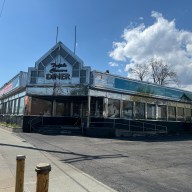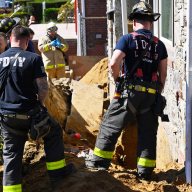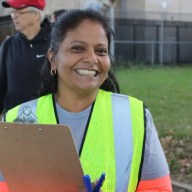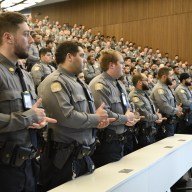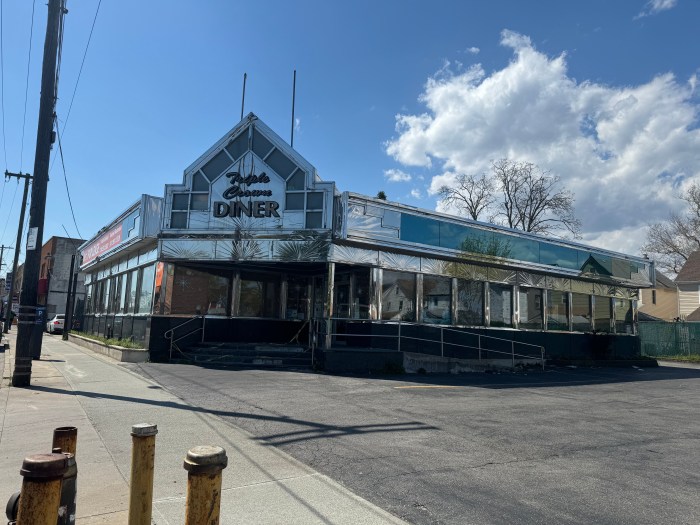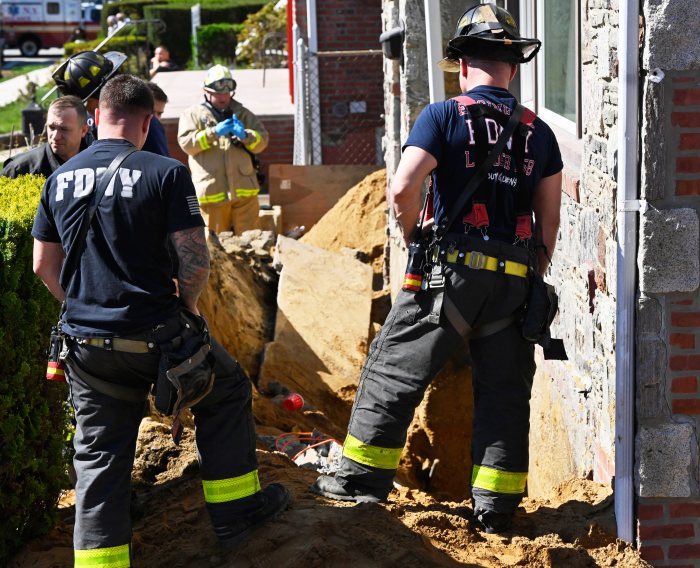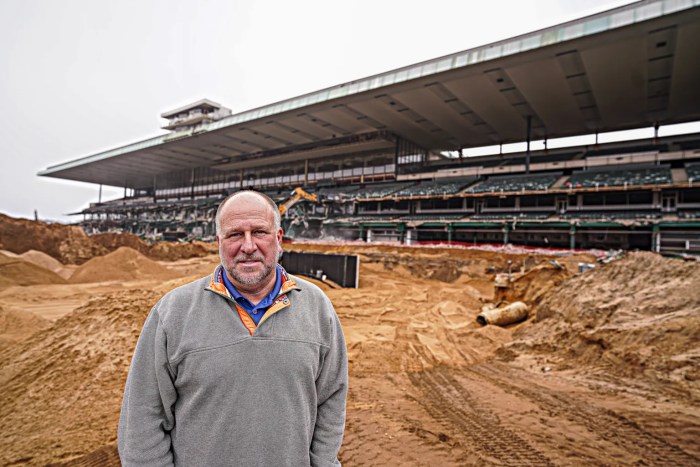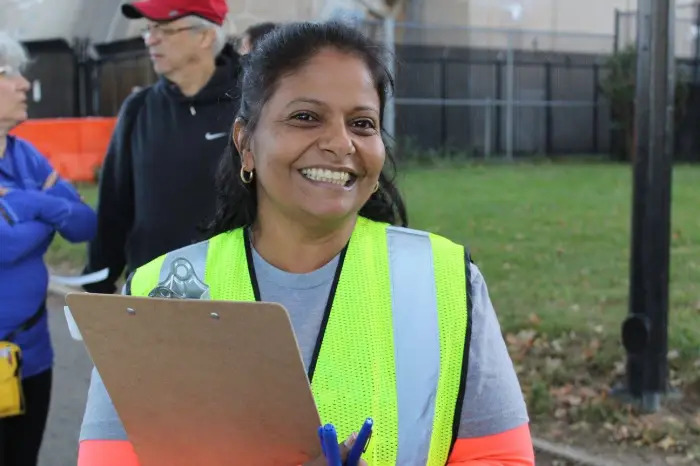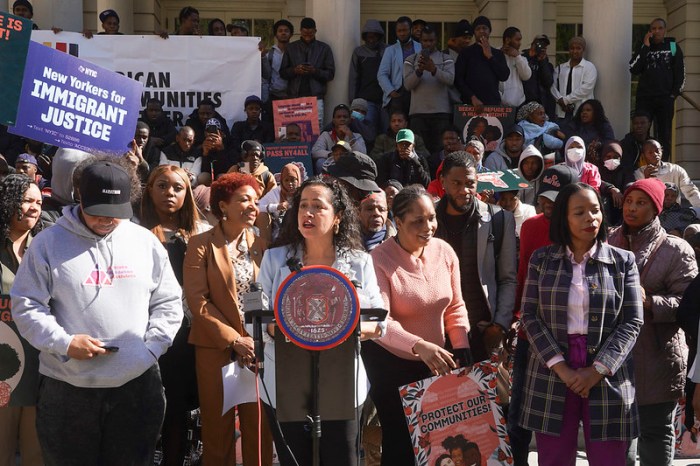By Jennifer Warren
Chief James Tuller, borough commander of Queens North, told the meeting police coverage of the stretch of road had not changed in recent weeks following the death of a 14-year-old girl but was simply more noticeable now.
“We've been enforcing all along,” Tuller said. “What has changed somewhat was we're more visible. I don't want anyone to get the idea we have only been out there recently.”
At least half, if not most of the accidents along Queens Boulevard, he said, were later found to be the fault of pedestrians who crossed against the light or not on the cross walk.
During the past nine years, 71 pedestrians have been killed along the boulevard, according to the Forest Hills Action League. The boulevard is 12 lanes across at some points.
Dr. Ilona Lubman, the director of safety education for the DOT, spoke just a few feet away from the family of Sofia Leviyev, the 14-year-old-girl from Rego Park who was killed while crossing Queens Boulevard last November.
The Department of Transportation had already started safety programs in the school Sofia attended, Russell Sage-Junior High School 190. The DOT initially received a cool, adolescent reception, an educator recalled, but the students became increasingly interested as the program progressed.
“The response of the students has been incredible,” Lubman said.
The DOT has scheduled additional programs for other Forest Hills schools, including PS 101, PS 144, PS 196, and PS 220. In Rego Park, the agency will visit PS 174, PS 139, and Our Lady of Angelus. Also on the list are PS 99 in Kew Gardens and senior centers, including Forest Hills Community House, Self Help Austin Street, and Young Israel of Forest Hills Senior League.
Younger students will be brought to “Safe City,” a realistic and protected environment where children can practice crossing roads safely.
“Much like the cigarette cessation campaign, the children will take the information home to adults,” Lubman said, citing the success of a similar road-safety program in central Harlem. The Harlem community saw a 50 percent reduction in pediatric admissions from traffic-related injuries, Lubman said.
Also planned are interactive theater and art programs for older children, as well as initiatives aimed at senior centers in the area.
The program will be custom-designed for the Queens Boulevard neighborhoods, which will include educational materials provided in Russian.
Norbert Chwat, vice chairman of the Forest Hills Action League, took issue with the assumption that everyone knows how to cross a busy roadway.
“Many immigrants who have come here, who have made a life here and who cross Queens Boulevard don't know how to cross Queens Boulevard and some of them who do not know unfortunately get killed,” he said.






